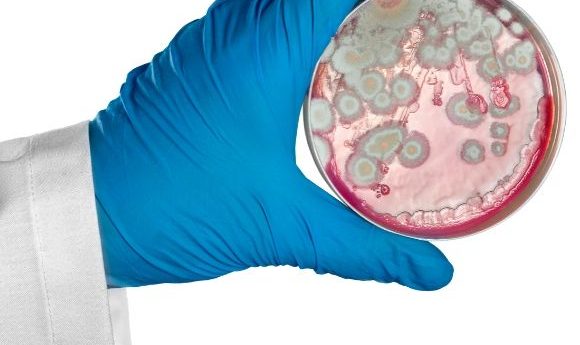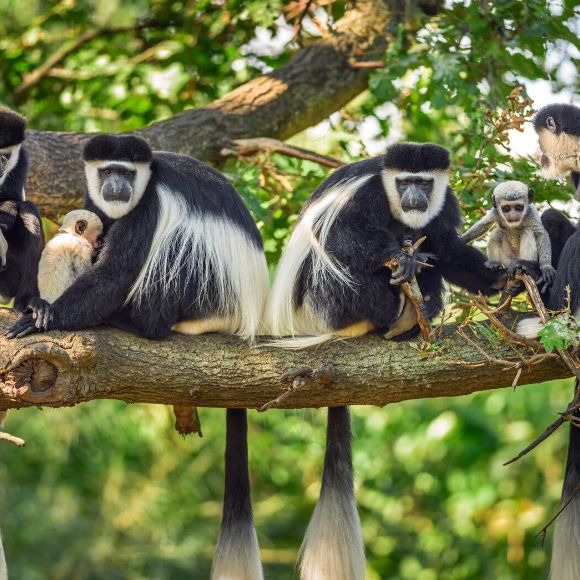What’s in a name? Scientists propose new naming system for uncultivated bacteria

An international consortium of over 100 scientists has proposed an updated naming system for uncultivated bacteria and archaea.
As environmental exploration and technological innovations into characterizing microbes expands, so does our insight into bacterial and archaeal diversity. However, the system used to assign scientific names to uncultivated bacteria and archaea does not reflect these advances. Now, an international consortium made up of 119 scientists has proposed an update.
Currently, bacteria and archaea are named according to the International Code of Nomenclature of Prokaryotes, which only recognizes species grown from cultures in laboratories. This excludes any microorganisms that have been discovered through genetic sequencing of wild samples.
“There has been a surge in recent years in genome-based discoveries for archaea and bacteria collected from the environment, but no system in place to formally name them, which is creating a lot of chaos and confusion in the field,” explained first author Alison Murray (Desert Research Institute, NV, USA). “Being able to represent the diversity of uncultivated organisms known by their genome sequences in a common language is incredibly important.”
In a recent article published in Nature Microbiology, the researchers detailed the argument for updating the existing naming system for new species of uncultivated bacteria and archaea, and presented two potential paths to achieving this: revise the current code or create an entirely separate naming system.
 Social distancing could prevent microbial transmission in monkeys
Social distancing could prevent microbial transmission in monkeys
A study investigating microbial transmission in wild colobus monkeys has demonstrated that social distancing between groups is the strongest predictor of high gut microbiome variation.
“For researchers in this field, the benefits of moving forward with either of these options will be huge,” remarked study author Brian Hedlund (University of Nevada, USA). “We will be able to create a unified list of all of the uncultivated species that have been discovered over the last few decades and implement universal quality standards for how and when a new species should be named.”
Many fields would benefit from this naming update. Take, for example, scientists using DNA sequencing to study the human microbiome. This change would allow researchers to assign names to all species they identify, which would aid international collaboration on research into the connections between diet and gut bacteria in different human populations
For now, Murray and colleagues are devising an implementation strategy to bring either of the two plans into play. They are also focusing on continuing engagement with microbiologists around the world with a vested interest in seeing this change happen.
“This is an exciting field to be in right now because we’re describing diversity of life on Earth and uncovering new phyla just like scientists were back in the 1800s when they were still discovering larger organisms,” commented Murray. “Lots of paradigms have been changing in how we understand the way the world works, and how much diversity is out there – and this is another change that needs to be made. We’re going to need to change it or we’re going to live in chaos.”